
A strange trinity of influence and, while the first two have something in common, they have little to do with the Voluntary Sector. Sometimes, while accumulating information from a variety of sources, something happens. This was one such time for me – a quotation, a television programme and a speech. Suddenly the answers to a conundrum, issues of transformation within the voluntary sector, became slightly clearer
The Quotation
“If I asked people what they wanted, they would have said they wanted faster horses” – a statement attributed to Henry Ford. The statement could be seen as a total disregard for customer feedback, or it could be an expression of his own self belief, a self belief that transformed car production which may have been his ‘transformational’ gift to market forces.
The Model T is acknowledged as the motor car that transformed the way people perceived motor cars, and perhaps the motor industry, how they travelled and how they perceived the new mode of transport. But was it the car that was revolutionary, or was it the production of the vehicle that was transformational?
Ford made cars cheaper due to his assembly line and efficient fabrication, instead of the then standard hand-crafted vehicles. This made cars affordable, vehicles functional and easy to maintain and, thereby, not just the preserve of the rich or eccentric but affordable by the middle classes.
But, can the development and improving of the assembly line and fabrication process be seen as THE ‘transformational’ act within the development of the motor car? Of course it can’t!
It was important, but other aspects of transport infrastructure – roads, petrol stations, mechanics, etc. – needed to be developed, in parallel with vehicle design and production, for cars to be a reliable and efficient form of transport.
Roads (1) are essential for cars. They need to be flatter and smoother than the ‘tracks’ required for horses, faster or otherwise. John McAdam’s aggregate solution was robust for horse drawn vehicles, not so for people who were becoming more mobile through mechanical devices – cars and bicycles. People started advocating for improved roads through activities such as the ‘Good Road Movement’ in America.
Modern Tarmac (2), a 1901 patent by Edgar Hooley (a Welshman born in Swansea), who added tar to the aggregate, flattened the surface with steamrollers, providing a smooth surface on which to drive or ride. Modern roads, and therefore more comfortable rides, were born.
Access to petrol is another essential component for ‘extensive’ travel in motor cars. Gasoline was originally sold by pharmacies (3). The pharmacy in Wiesloch, Germany, was used to refuel Betha Benz in 1888, and, by the early years of the 20th Century, there was an increase demand for fuel, due to increased car ownership influenced by Henry Ford’s transformations.
The world’s first purpose-built gas station was constructed in St. Louis, Missouri, followed by ‘stations’ in Seattle, Washington and Altoona, Pennsylvania. Early on, they were known to motorists as “filling stations”, and were usually attached to hardware shops. The first bespoke station, opened in 1913 in Pittsburgh, was still open in 2013 as Walter’s Automotive Shop. Not only had filling stations arrived but so also had mechanics.
The Television Programme
In 2007, during an episode of Top Gear (4), Jeremy Clarkson and James May studied a number of early car designs, exploring the root of the modern car design: 3 pedals, one gear stick, a hand brake and an ignition key.
While having an ‘interesting’ time driving classic cars, including the Model T Ford (which wasn’t that easy to drive) and the De Dion-Bouton (Model Q), they concluded that the Cadillac Type 53 (5) was the first car to use the same control layout as modern automobiles. They finished the item by pointing out that the Herbert Austin took that design and put it in the Austin 7 (6) – this became the first mass-market car to be fitted with the layout.
The Cadillac Type 53 remained in production for one year only, 1916. The Austin 7, produced from 1922, created an affordable car for the British public, and is said to have had the same effect on that market as the Model T had in America. Austin licensed the design and it was copied, and manufactured, all over the world – in Germany by BMW, the Dixi, their first car; in France as the Rosengarts; in America, until 1934, as the American Austins, and in Japan, although not under licence, Nissan based the design for their first cars on the Austin 7.
While production of the Austin 7, and other cars grew, so did road building, the proliferation of ‘filling stations’ and the rise of the mechanic. These were individual actions of transformation that collectively transformed the automotive industry, the way we travel and perceive travel on a worldwide basis.
The Speech
So what has all this got to do with voluntary sector innovation and transformation?
For that I turn to Robert Kennedy’s speech at the University of Kansas, March 18, 1968 (7). As part of his campaign for the presidency, he talked of a deep malaise of spirit in America, of Native Americans [so-called ‘Indians’] “living on their bare and meagre reservations, with no jobs, with an unemployment rate of 80 percent” and people living in “black ghetto, listening to ever greater promises of equality and of justice, as they sit in the same decaying schools and huddled in the same filthy rooms”
He believed that “the unselfish spirit that exists in the United States of America” meant that things can be better.
Then came the part that made me sit up, the part that challenges some current views, that VCS organisations, and the sector in general, needs to be transformed, become innovative and more business like
Kennedy stated that “…even if we act to erase material poverty, there is another greater task, it is to confront the poverty of satisfaction – purpose and dignity – that afflicts us all. Too much and for too long, we seem to have surrendered personal excellence and community values in the mere accumulation of material things.
Our Gross National Product, now, is over $800 billion dollars a year, but that Gross National Product – if we judge the United States of America by that – that Gross National Product counts air pollution and cigarette advertising, and ambulances to clear our highways of carnage.
It counts special locks for our doors and the jails for the people who break them.
It counts the destruction of the redwood and the loss of our natural wonder in chaotic sprawl.
It counts napalm and counts nuclear warheads and armoured cars for the police to fight the riots in our cities.
It counts Whitman’s rifle and Speck’s knife, and the television programs which glorify violence in order to sell toys to our children.
Yet the gross national product does not allow for the health of our children, the quality of their education or the joy of their play.
It does not include the beauty of our poetry or the strength of our marriages, the intelligence of our public debate or the integrity of our public officials.
It measures neither our wit nor our courage, neither our wisdom nor our learning, neither our compassion nor our devotion to our country, it measures everything in short, except that which makes life worthwhile. And it can tell us everything about America except why we are proud that we are Americans”.
The Sector
Robert Kennedy was talking about different issues, different measurements.
We cannot value the impact of the VCS on our GDP in the same way as manufacturers. We cannot believe that innovation just happens in service delivery of VCS organisations. We cannot compare our care processes, the looking after of the most vulnerable people, our education system and schools, our green and open spaces to a production line. Yet we do. We are currently exploring how VCS activity becomes more business-like, responding to a ‘new market’, being innovative and borrowing from ‘social sources’ to initiate projects.
The transformation of the voluntary sector is currently being discussed within the same economic rules in which Ford and Austin, McAdam and Hooley operated. We cannot impose or replicate the actions that transformed the economic environment they operated in. They were not alone in their transformation, and undertook development with an awareness of potential impact. They understood their market – they knew the potential for investment and return on that investment.
My questions are:
How do we measure our return on investment, how many people we care for in a day, how many we wash, dress, feed, teach, enable to play, plant flowers etc.?
Do we spend time developing programmes that insist on innovative ways of counting and delivering outputs, or do we spend time exploring other ways of measuring involvement in the delivery and the impact of activity?
References
1 https://en.wikipedia.org/wiki/History_of_road_transport
2 https://en.wikipedia.org/wiki/Tarmac
3 https://en.wikipedia.org/wiki/Filling_station#History
4 Series 10 Episode 8 2nd December 2007
5 https://en.wikipedia.org/wiki/Cadillac_Type_53
6 https://en.wikipedia.org/wiki/Austin_7
7 http://images2.americanprogress.org/campus/email/RobertFKennedyUniversityofKansas.pdf
 In Nov-Dec 2017 six Birmingham community arts organisations either based in and/or working with a range of communities from Sparkhill or Sparkbrook, came together to produce Spark: South Asian Arts Festival, a number of events designed with and by local people and curated by local arts organisation Ort Gallery. The Festival consisted of two weeks of films, music, arts, crafts, street art, theatre, poetry, food and more.
In Nov-Dec 2017 six Birmingham community arts organisations either based in and/or working with a range of communities from Sparkhill or Sparkbrook, came together to produce Spark: South Asian Arts Festival, a number of events designed with and by local people and curated by local arts organisation Ort Gallery. The Festival consisted of two weeks of films, music, arts, crafts, street art, theatre, poetry, food and more.
 We were therefore delighted to hear our thinking reinforced by London Deputy Lord Mayor
We were therefore delighted to hear our thinking reinforced by London Deputy Lord Mayor 
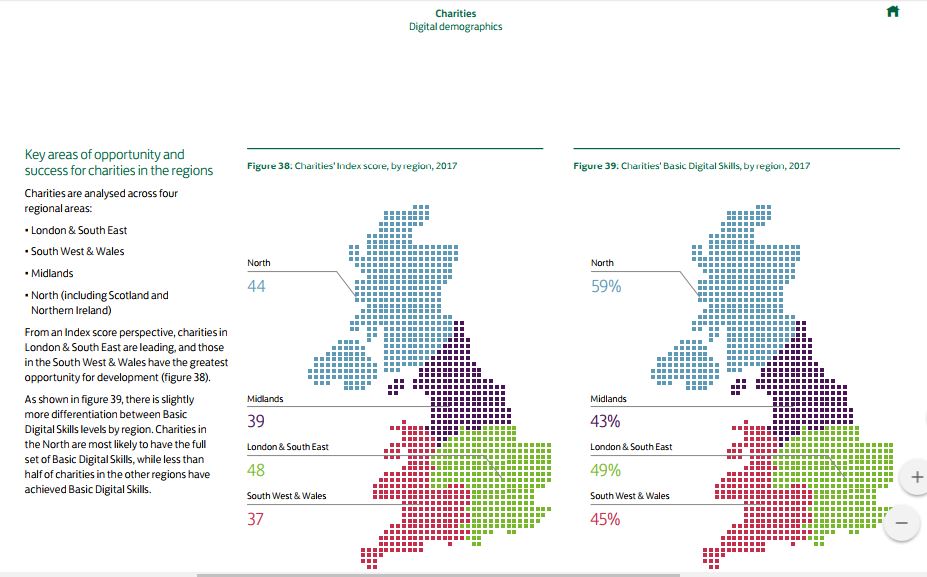




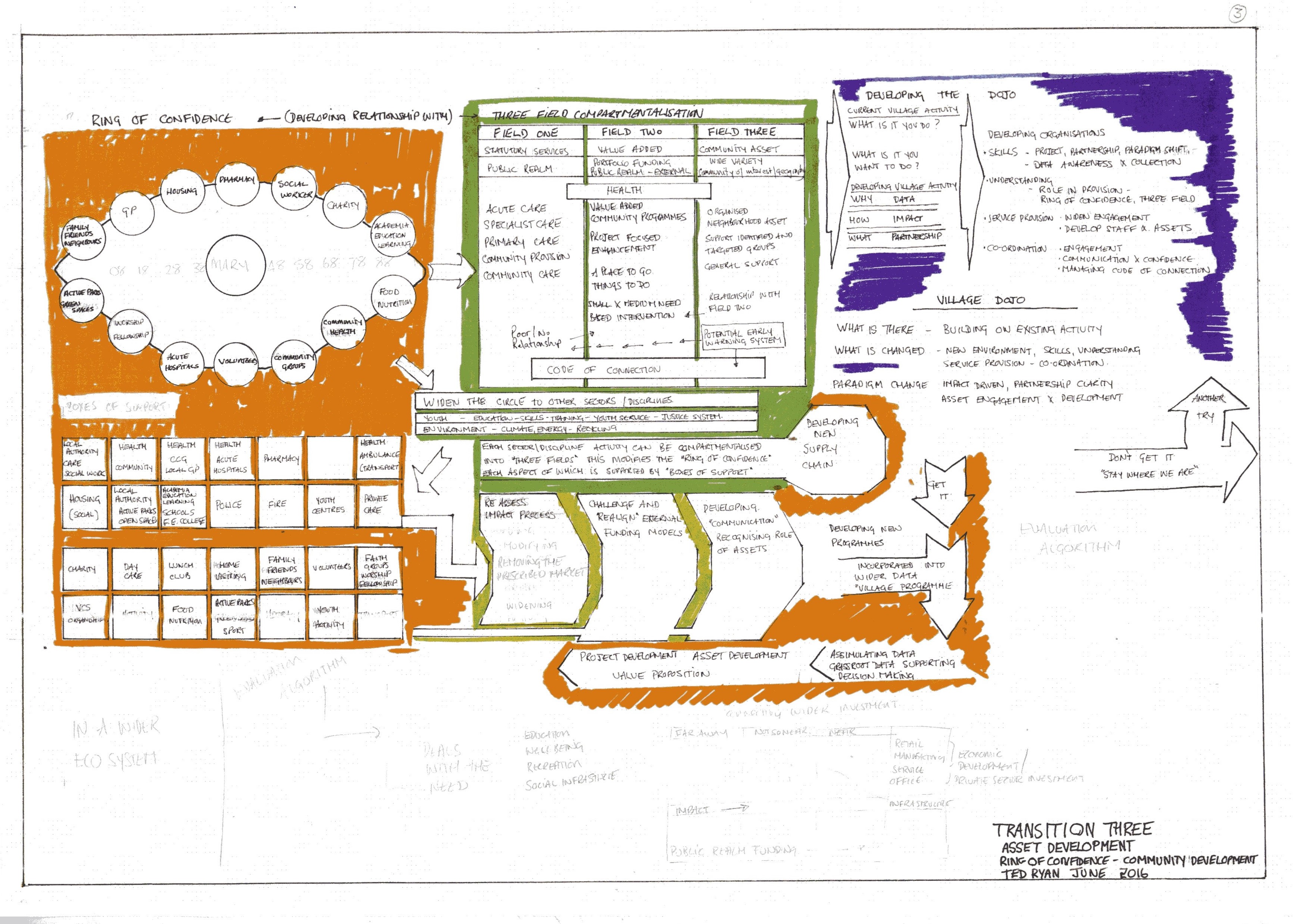
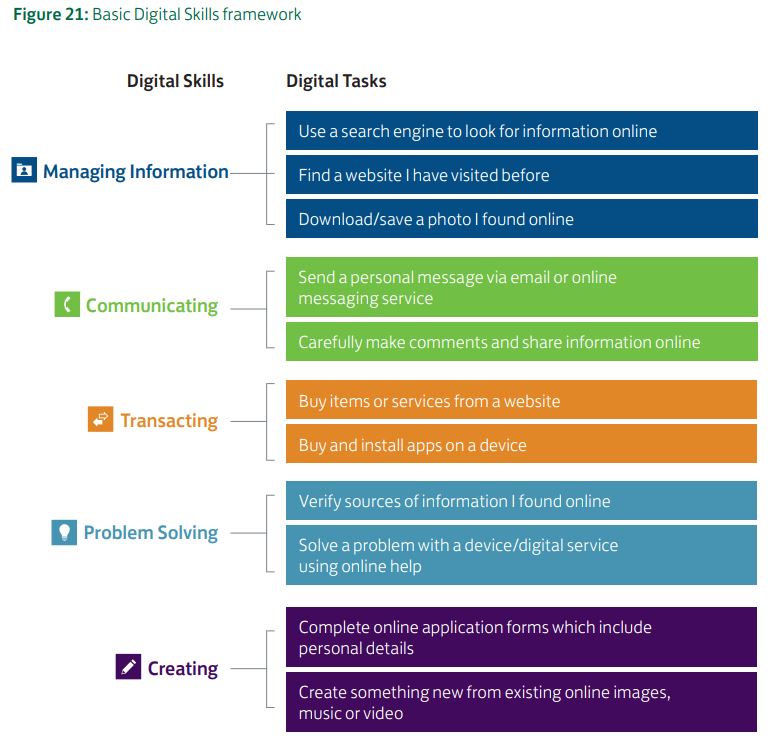 “21% (11.5m) of the UK are classified as not having Basic Digital Skills, which represents a 9% improvement and a reduction of 1.1m people since 2015, when the last Skills report was published. Furthermore, 6% report having four of the five skills, suggesting many are close to achieving all five. 9% of people (1% decrease from 2015) have no Basic Digital Skills. This aligns with the results from the Lloyds Bank Consumer Digital Index, finding 9% are not using the internet
“21% (11.5m) of the UK are classified as not having Basic Digital Skills, which represents a 9% improvement and a reduction of 1.1m people since 2015, when the last Skills report was published. Furthermore, 6% report having four of the five skills, suggesting many are close to achieving all five. 9% of people (1% decrease from 2015) have no Basic Digital Skills. This aligns with the results from the Lloyds Bank Consumer Digital Index, finding 9% are not using the internet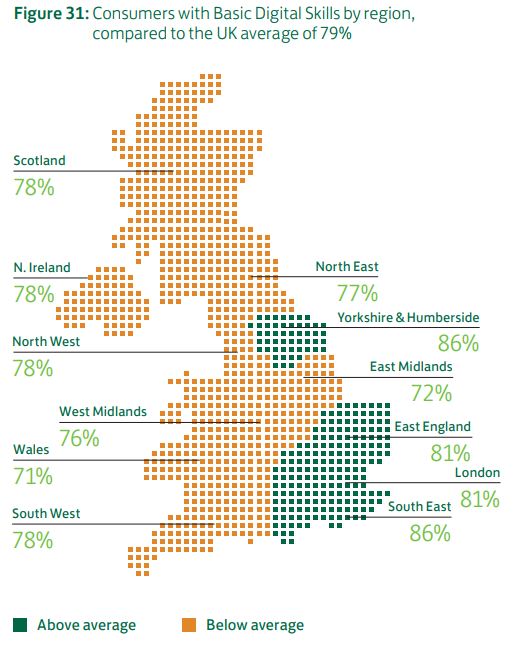
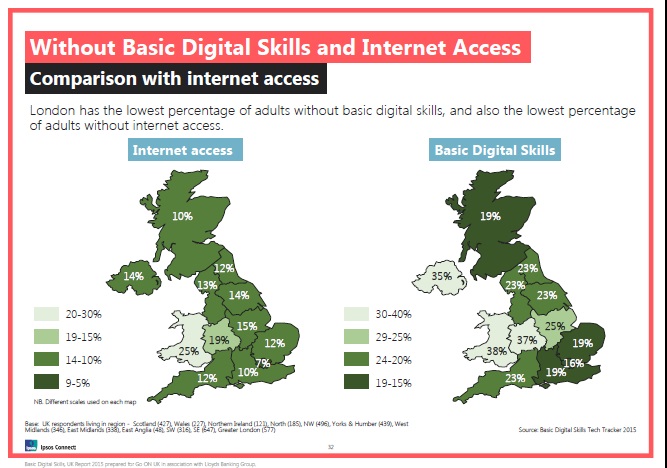
 All people in tech companies want to improve the lives of their stakeholders, and this can include helping organisations in the charitable or voluntary and community sector (VCS) low or pro bono, an activity usually known in business as Corporate social responsibility (CSR) or Corporate responsibility (CR).
All people in tech companies want to improve the lives of their stakeholders, and this can include helping organisations in the charitable or voluntary and community sector (VCS) low or pro bono, an activity usually known in business as Corporate social responsibility (CSR) or Corporate responsibility (CR).
 A confusing title for an equally confusing time. We are told we have to behave more ‘market like’, be innovative and develop new products.
A confusing title for an equally confusing time. We are told we have to behave more ‘market like’, be innovative and develop new products.